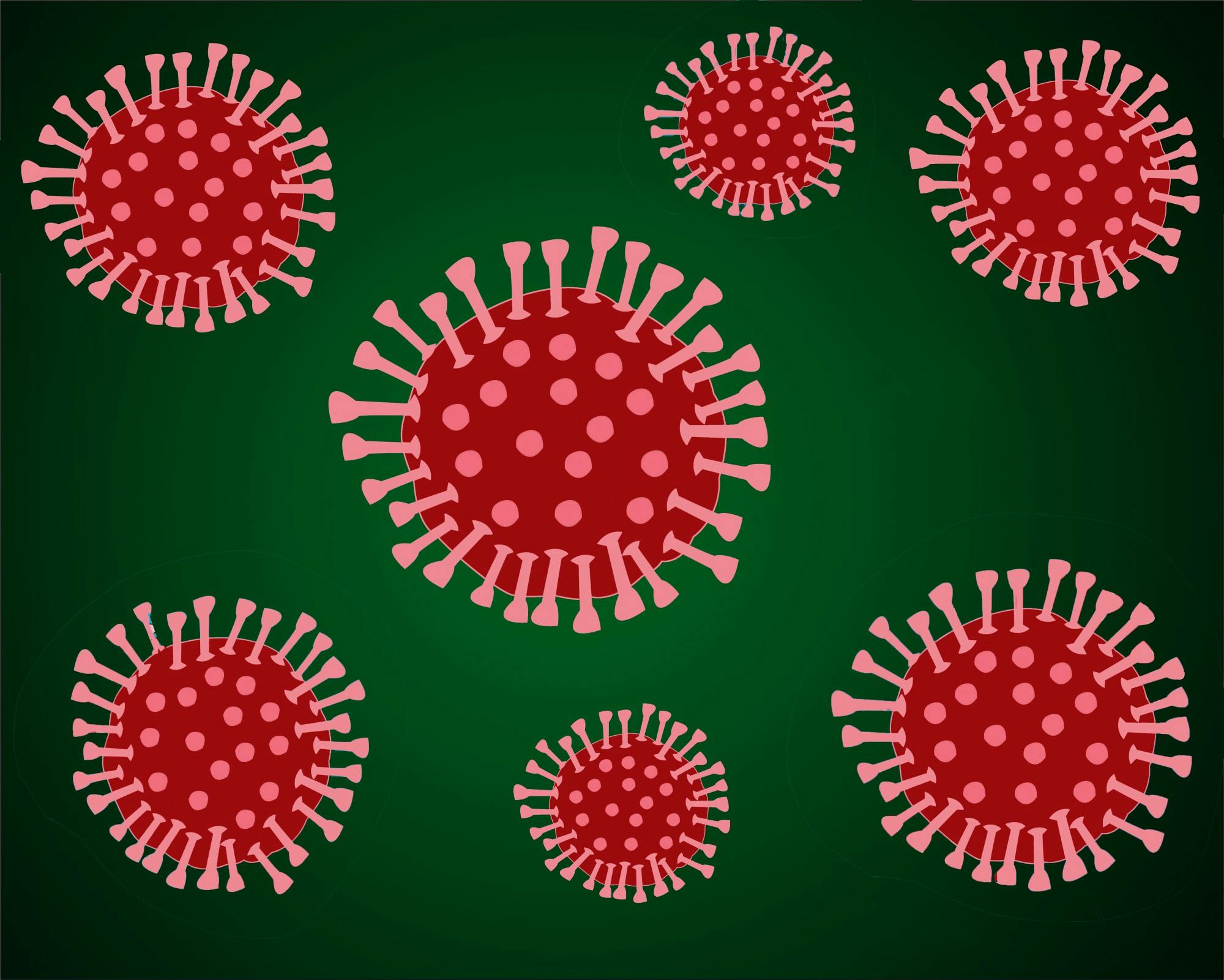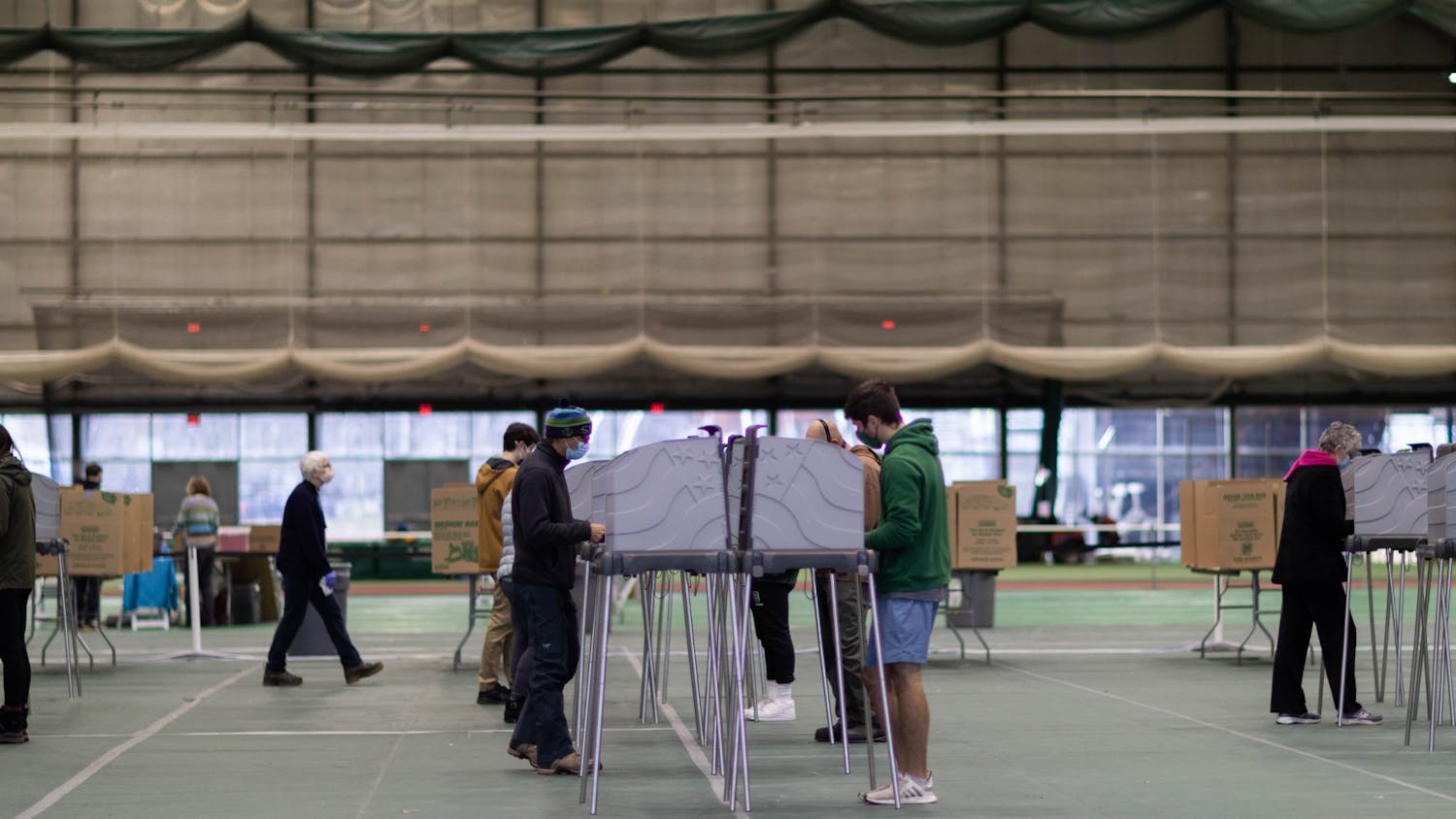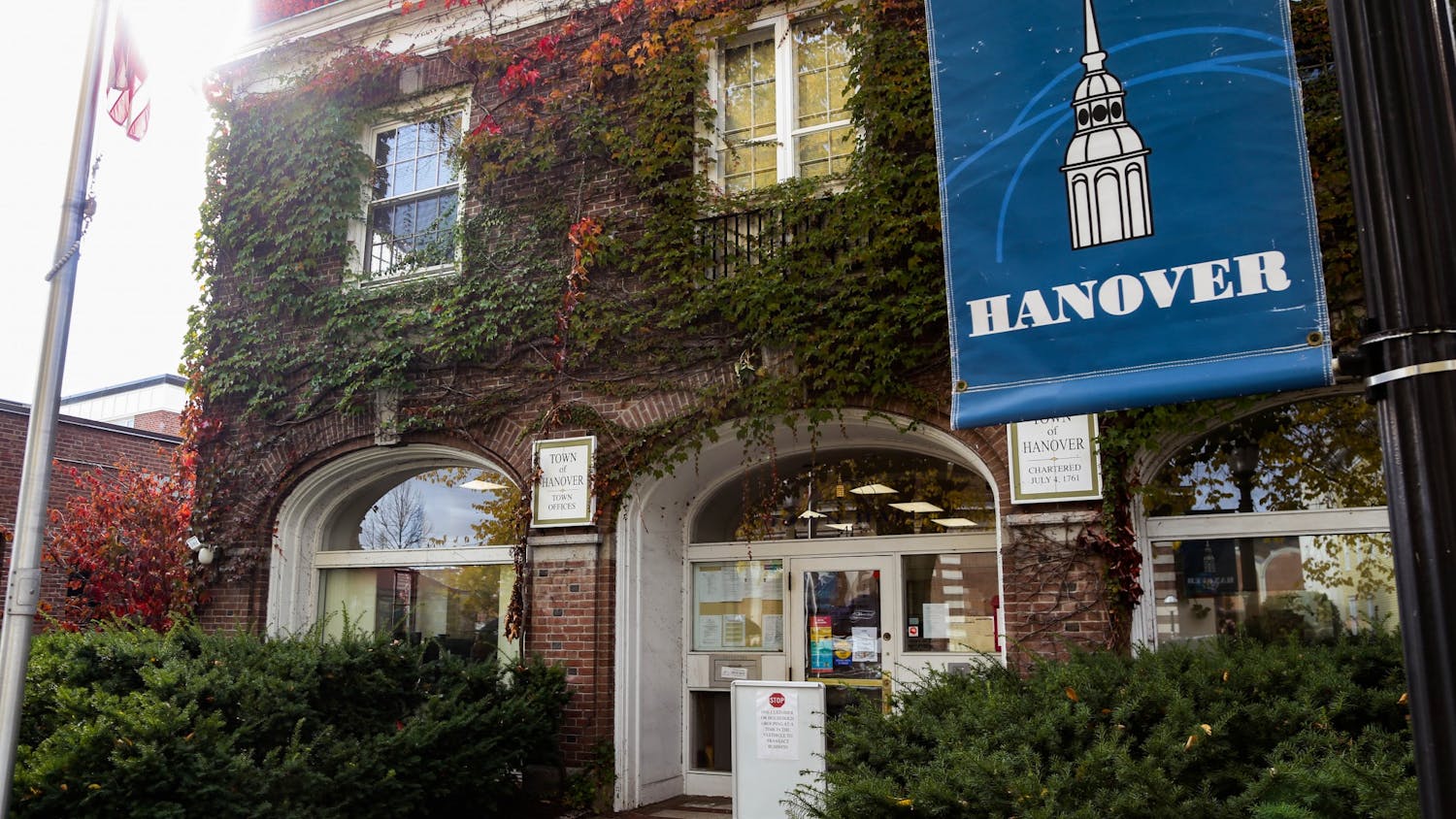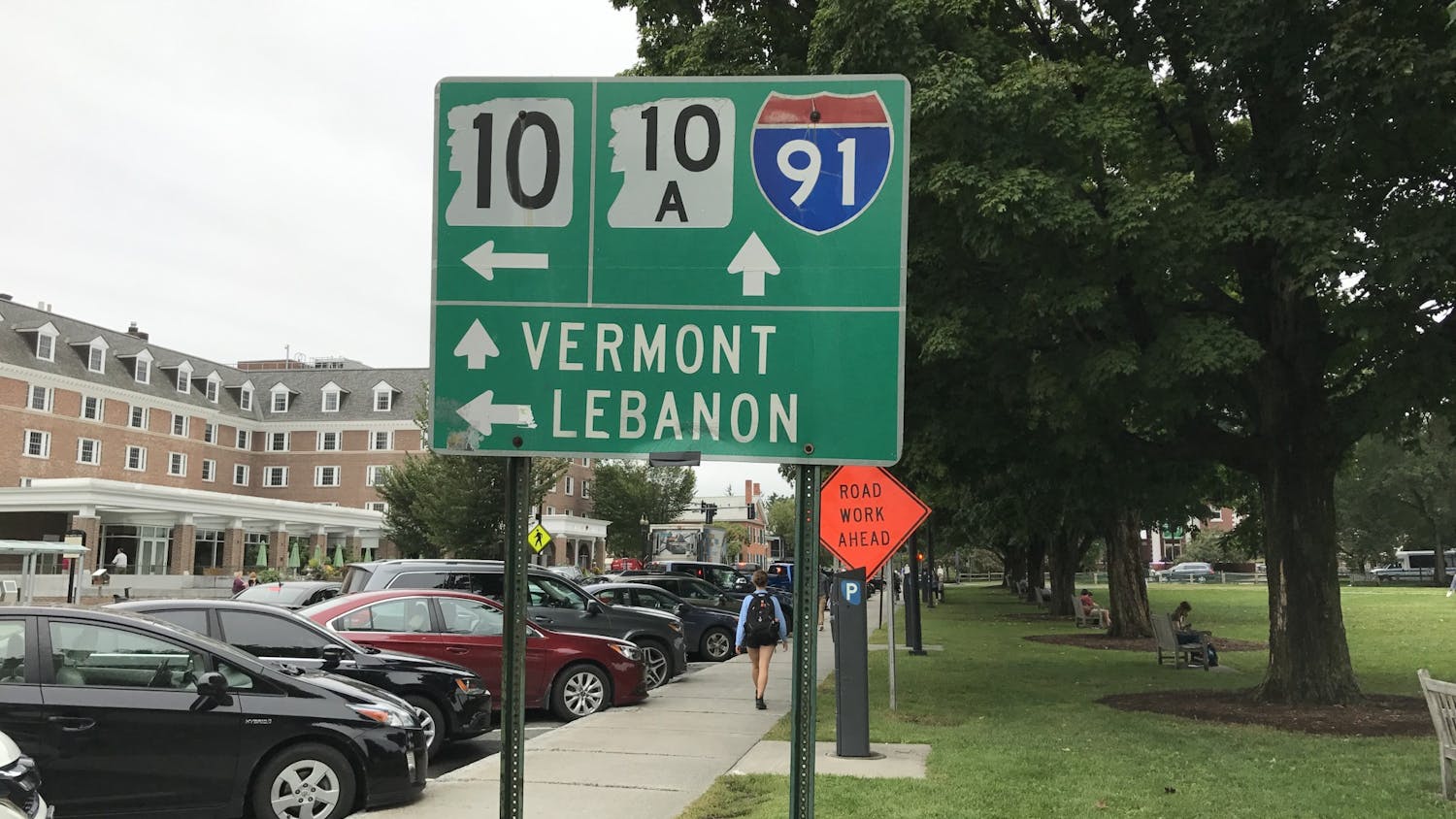As COVID-19 cases rise across the country and in New Hampshire, Dartmouth has largely kept on-campus case numbers low.
According to the College’s COVID-19 dashboard, last updated on Nov. 11, there are five total active cases at Dartmouth, two of them students and three faculty or staff. There have been 23 total cases since July 1, according to the dashboard.
While cases at the College have remained relatively low, COVID-19 cases have recently spiked at the local and national levels. Grafton County, where Dartmouth is located, has 101 active cases and 333 cumulative cases as of Nov. 10, according to the state's COVID-19 dashboard. The dashboard also currently shows the town of Hanover with five active cases and Lebanon with seven active cases. Due to the rise in COVID-19 cases, Vermont designated Grafton County as a “quarantine county” last month, meaning that anyone traveling from the county for non-essential purposes was asked to quarantine for two weeks upon arrival in Vermont.
Total COVID-19 cases across New Hampshire have also seen record highs. The most recent dashboard data shows 222 new cases announced on Nov. 10 alone, and 1,495 new cases identified in the state from Nov. 4 to Nov. 10. The state currently has a total of 2,394 active cases and 69 current hospitalizations.
“We are seeing a dramatic increase in cases, and we are beginning to see increased hospitalizations and death,” New Hampshire deputy state epidemiologist and Geisel School of Medicine professor Elizabeth Talbot said.
Talbot said that cases were expected to increase “in part because the colder weather is driving [people] indoors,” but also because “people are experiencing very significant pandemic fatigue.” She said that precautionary measures such as reducing group activities and minimizing indoor dining “are not being followed as closely as they had been.”
Talbot said that while the rest of the country is experiencing its third wave of the virus, New Hampshire is only in its second wave, which had been delayed by the “diligent” work of New Hampshire over the summer.
Global Health Initiative program director at the Dickey Center for International Understanding Anne Sosin agreed that Vermont and New Hampshire "did exceptionally well" in the early months of the pandemic, adding that the region was "really successful at sustaining very low rates of transmission all the way into the fall."
However, Sosin said that she is concerned about the rate at which cases are increasing . She noted that the state is currently "moving in the wrong direction," with rising case numbers despite the fact that New Hampshire's starting point — a relatively low case count — "was better than other states."
"What's most concerning to me is that we're seeing growth in the northernmost regions of the state — so those rural parts of the region that are much less equipped to respond to increases in cases or what might turn out to be a surge," Sosin said.
She said that a potential reason for spread in northern New Hampshire is that the early success in combating infection in the region may have led to "lower perceptions of threat," causing people to forgo preventative measures like wearing masks and social distancing. This makes the region "more vulnerable," and individuals traveling to the region from southern areas of the state can also lead to "big jumps" in infection numbers, according to Sosin.
Both Sosin and Talbot noted the efficacy of Dartmouth’s COVID-19 prevention plan. Talbot described the College’s testing program as a “heroic and costly effort” to “de-densify the campus and restrict the chances of [any] incoming virus.” Sosin praised the College's ability to quickly detect cases through rigorous testing. She said that the success of Dartmouth’s plan has been partially due to the relatively low case count in the surrounding area, which prevents any kind of community epidemic from "spilling onto campus."
Additionally, the College's plan has been able to avoid some of the "entirely predictable" consequences that other campuses have faced, such as insufficient testing plans and not having mandatory quarantines, Sosin said.
She noted that in addition to having a low case count, Dartmouth has not seen any positive cases grown into campus outbreaks. Dartmouth has seen only one COVID-19 “cluster,” when three undergraduate students living together locally off campus tested positive.
Co-chair of Dartmouth’s COVID-19 task force Lisa Adams wrote in an email to The Dartmouth that “given the surge in COVID-19 transmission across the country and in many other parts of the world, it is heartening to see the low number of active virus cases at Dartmouth."
She also wrote that the public should continue to follow health guidelines, including getting a flu shot this season.
Sosin added that there is "reason for optimism that Dartmouth can continue to do very well into the winter," but that it is important to consider how to reduce some of the pandemic’s secondary impacts, such as social isolation.
Despite increasing cases, Sosin said all is not lost for New Hampshire.
"It's not too late for the state to take action to turn these trends around," Sosin said. "I really hope that New Hampshire recognizes that if it takes action now that the state doesn't need to follow the rest of the country down this rabbit hole."
Neighboring Vermont had 72 new cases reported as of Nov. 10, with 14 current hospitalizations. While the number of new cases in the state is rising, Sosin praised Vermont for being "incredibly responsive" in taking action to control the spread. On Nov. 10, Vermont Gov. Phil Scott announced that the state will now require a 14-day quarantine for any nonessential travel into or out of the state. Vermont has also had a mask mandate since Aug. 1, while New Hampshire does not have a statewide mask mandate but requires masks for groups of 100 people or more. However, Hanover instituted its own mask mandate in August.
As for the recent progress made in the development of the Pfizer COVID-19 vaccine, Talbot said that the “good news” was “very energiz[ing],” and that the pharmaceutical company is “still on target to approach first distribution of [the] vaccine in December,” although it will still take "multiple months to roll out to the general population." The state of New Hampshire already has a vaccination plan available online, which details a phased response to vaccine distribution that Talbot said would focus first on health care workers, first responders and, "pending data on safety and efficacy,” people in long-term care facilities.




